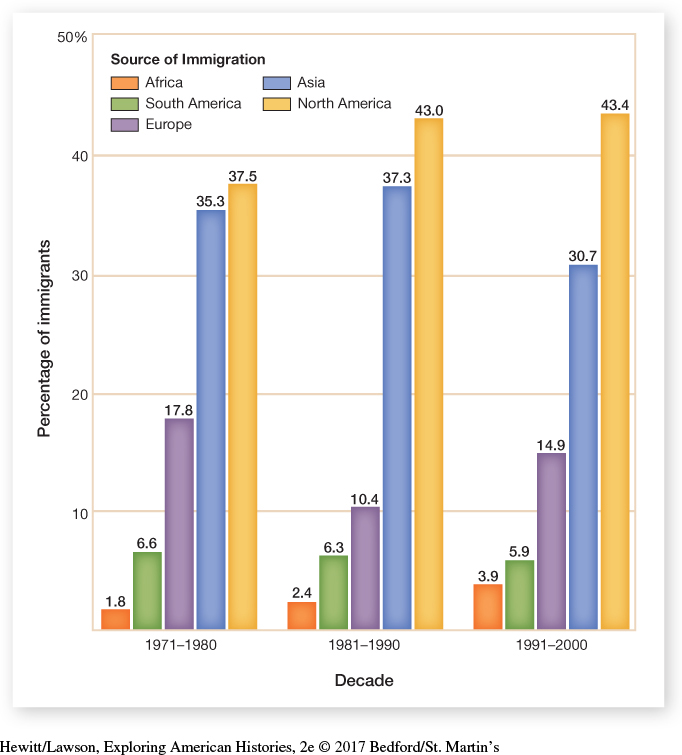Global Challenges
Clinton faced numerous foreign policy challenges during his two terms in office. As the first president elected in the post–Cold War era, Clinton could approach trouble spots without the rigid anti-Communist views of his predecessors. No longer did the problems facing the United States result from customary military aggression by one nation against another; rather, the greatest threats came from the implosion of national governments into factionalism and genocide, as well as the dangers posed by Islamic extremists.
At first, the Clinton administration acted cautiously. During a civil war in the African nation of Rwanda, the United States watched from the sidelines, along with most of the rest of the world. The slaughter of more than 800,000 Rwandans brought condemnation but little action other than the United Nations’ attempt to evacuate refugees from the massacre.
By contrast, Clinton responded boldly to violence in the Balkans, an area considered more vital to U.S. national security than Rwanda. In 1989 Yugoslavia splintered after the crumbling of the ruling Communist regime. The predominantly Roman Catholic states of Slovenia and Croatia declared their independence from the largely Russian Orthodox Serbian population in Yugoslavia. In 1992 the mainly Muslim territory of Bosnia-Herzegovina also broke away, despite protests by its substantial Serbian population (Map 29.1). A civil war erupted between Serb and Croatian minorities and the Muslim-dominated Bosnian government. Supported by Slobodan Milošević, the leader of the neighboring province of Serbia, Bosnian Serbs wrested control of large parts of the region and slaughtered tens of thousands of Muslims through what they euphemistically called ethnic cleansing. In 1995 Clinton sponsored NATO bombing raids against the Serbs and dispatched 20,000 American troops as part of a multilateral peacekeeping force. At the same time, the president brokered a peace agreement, known as the Dayton Peace Accords. In 1999 renewed conflict erupted when Milošević’s Serbian government attacked the province of Kosovo to eliminate its Albanian Muslim residents. Clinton and NATO initiated air strikes against the Serbs and placed troops on the ground, actions that preserved Kosovo’s independence.

The United States faced an even graver danger from Islamic extremists intent on waging a religious struggle (jihad) against their perceived enemies and establishing a transnational Muslim government, or caliphate. The United States’ close relationship with Israel placed it high on the list of terrorist targets, along with pro-American Muslim governments in Egypt, Pakistan, and Indonesia. In 1993 Islamic militants orchestrated the bombing of the World Trade Center’s underground garage, killing six people and injuring more than one thousand. Five years later, terrorists blew up American embassies in Kenya and Tanzania, killing hundreds and injuring thousands of local workers and residents. In retaliation, Clinton ordered air strikes against terrorist bases in Sudan and Afghanistan. However, the danger persisted. In 2000 al-Qaeda terrorists blew a gaping hole in the side of the USS Cole, a U.S. destroyer anchored in Yemen, killing seventeen American sailors. Terrorism would continue to bedevil the United States.
REVIEW & RELATE
How did conflicts between Democrats and Republicans affect President Clinton’s accomplishments?
How did the end of the Cold War shape President Clinton’s foreign policies?
Exploring American HistoriesPrinted Page 974
Exploring American Histories Value EditionPrinted Page 720
Chapter Timeline